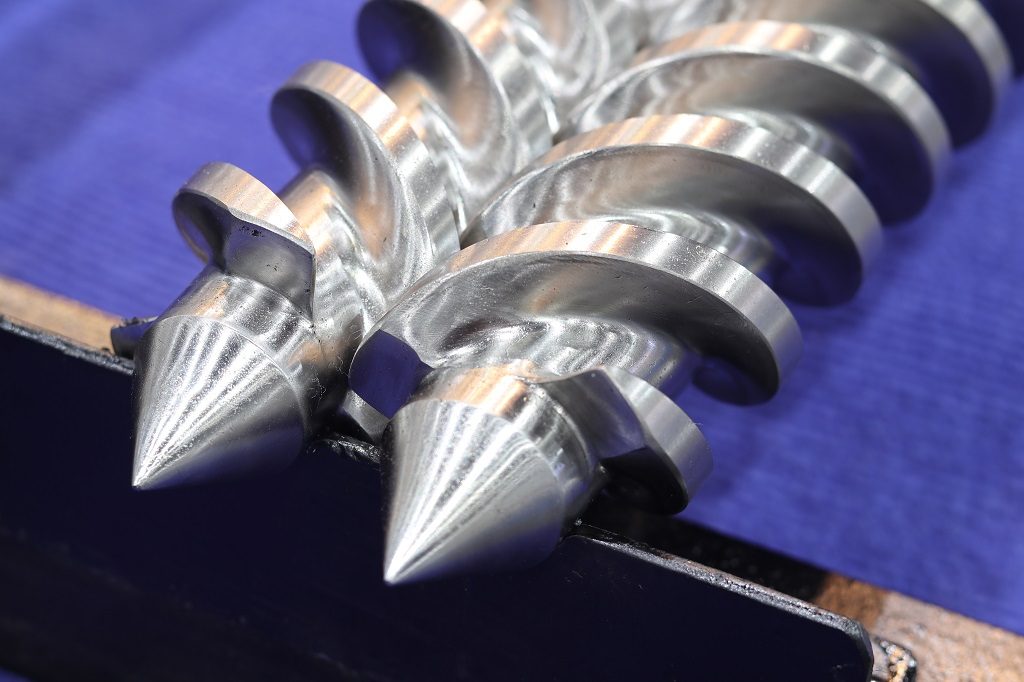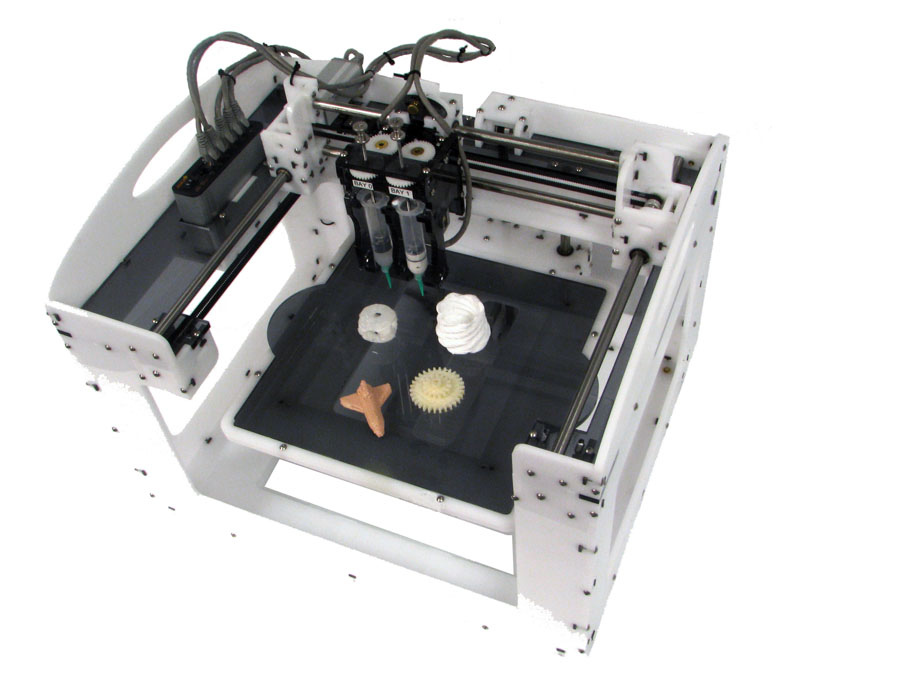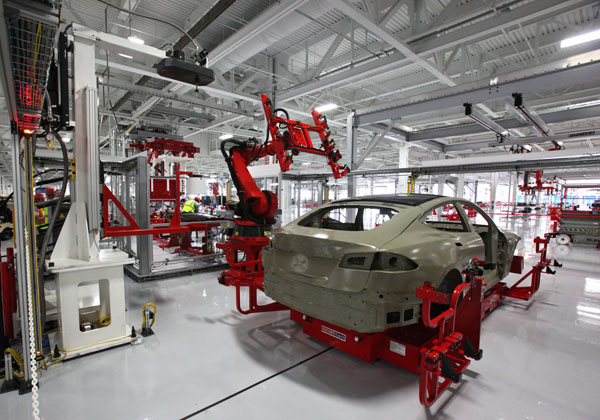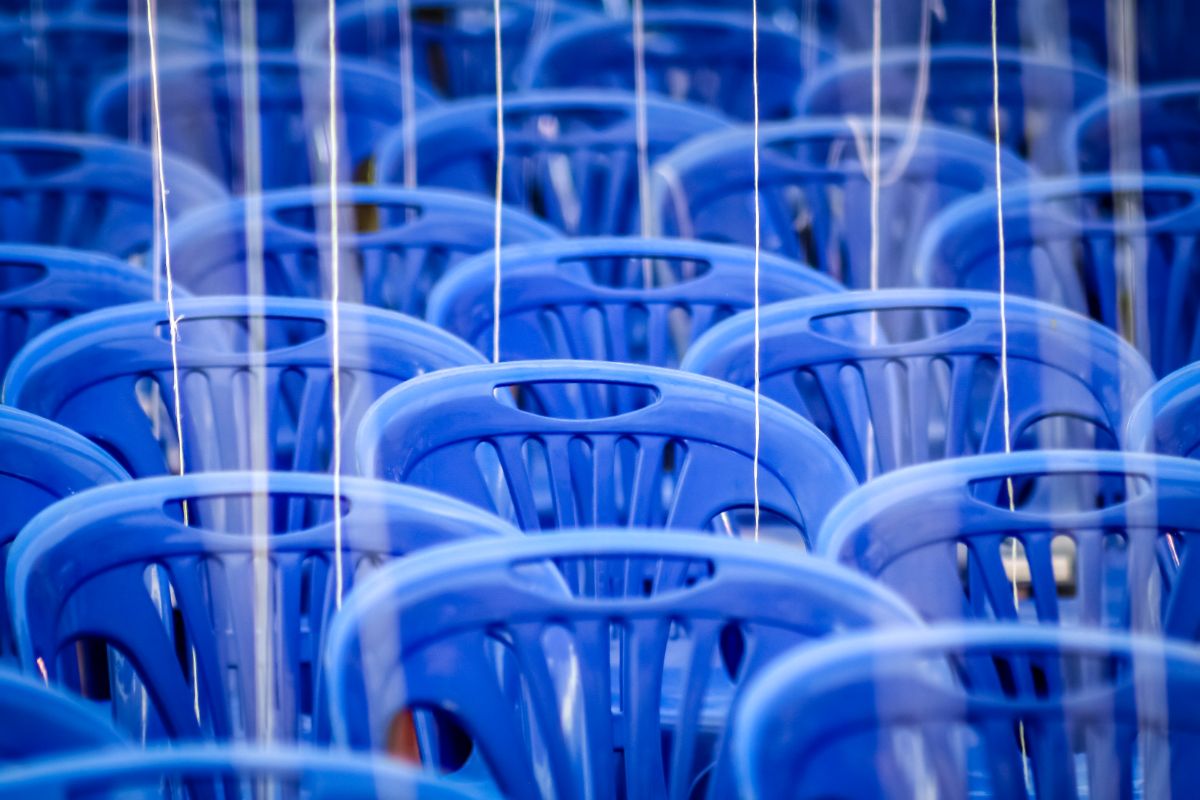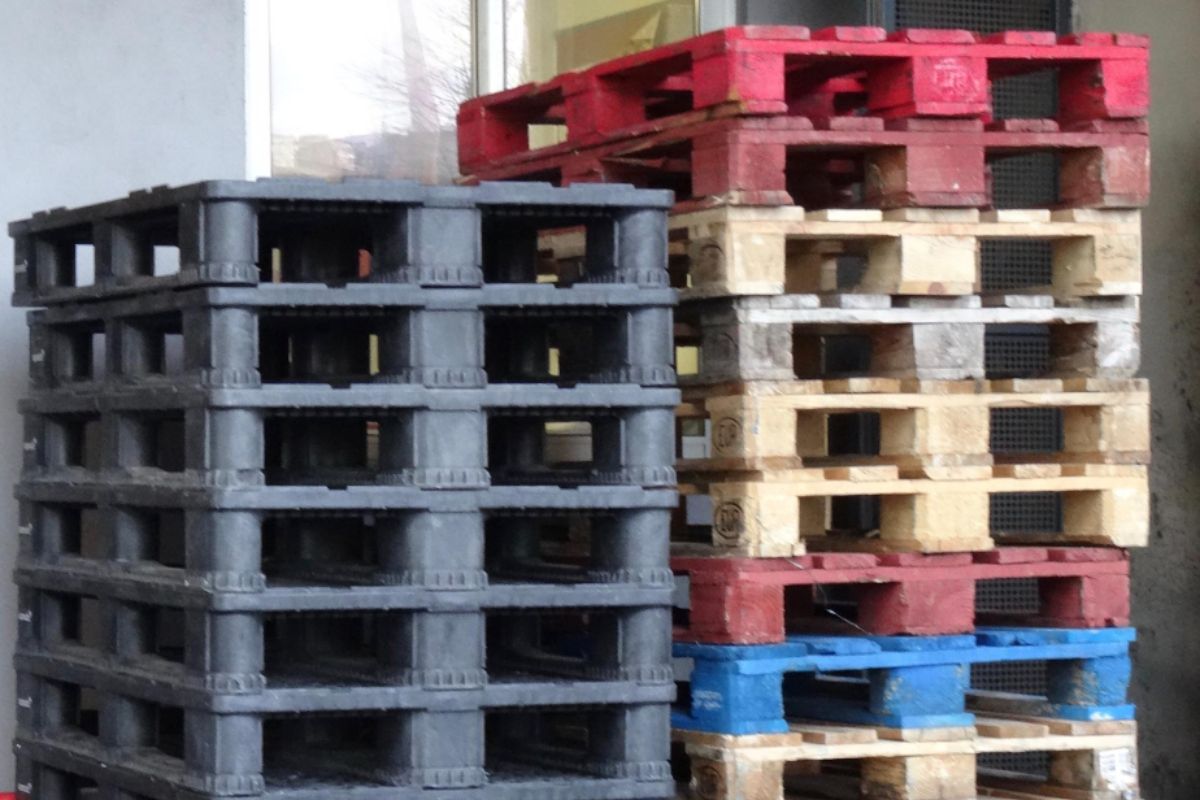What should you consider in choosing injection mold methods?
- Driving System
- Types of Processes
- Types of Blow Molding Processes
By now you should be quite familiar with plastic injection molding in China. There’s more to injection molding that meets the eye. Each type has different benefits that you as the consumer can take advantage of. Molding machines are classified by the type of driving system used.
Driving System
This mass production and the manufacturing method is classified into three driving systems: Hydraulic, Electric, and Hybrid. The different types of methods have different effects and are entirely dependent on what you intend to create with the machine.
Hydraulic
The hydraulic drive system was first seen in the 1930s. It was popular until the emergence of the electric drive system. Hydraulic cylinders clamp the two halves of a mold using high pressure. The plastic material is then melted and injected into the mold. The two halves separate once the plastic is cooled. Below are some advantages and disadvantages of hydraulic injection molds.
Advantages:
● Increased clamp force for larger parts
● High resistance to wear and tear
● Lower cost compared to other drive systems
● Easy to control
● Can be easily accessed and repaired due to its popularity in the injection molding industry
Disadvantages:
● Can use too much power, even if it’s set at idle
● Requires a higher temperature for the molding process
● Needs more time to cool
● Fluids from the machine can leak
● Noisy
● Less precision compared to electric drive systems
Electric
Electric drive systems use digitally controlled high-speed servo motors. This allows for rapid production that is precise, repeatable and energy efficient. The highly predictable nature of using electricity driven injection molding machines allows fast and accurate replication, while still remaining top standard. Medical products are mass-produced by using this drive system.
Advantages:
● Highly precise, with little to no scrap rates
● No leakage
● Lower downtime compared to hydraulics
● Up to 70% energy savings
● Quiet operation
● 20% faster cycle times
Disadvantages:
● Higher initial cost
● Clamp force is weak compared to hydraulics
● Parts are expensive to replace
● Less forgiving compared to other machines
Hybrid
Hybrid machines can offer the best of both worlds. It combines the superior clamping force of hydraulics and the energy efficiency of the electric drive system. The ease of use of these hybrids has made this system extremely popular amongst manufacturers.
Advantages:
● Offers diverse product design
● Uses a two clamp system
● Moderately priced compared to electric drive systems
● Closed loop process promises a faster response time
● Requires less cooling
● Has longer oil and machine life
Disadvantages:
● Difficult to match the correct press to a product
● Requires extensive knowledge when it comes to repairs
Types of Processes
Understanding the different types of injection molding processes can significantly improve your manufacturing process. So here’s a quick run through of the different types of processes for this practice.
-
Thermoplastic Injection Molding
Thermoplastic polymers in this process are melted into a liquid state. The plastic is then cooled into a solid that cannot be reverted to liquid.
-
Overmolding
Overmolding covers an injection mold over another substance to improve durability. Overmolds can be used to seal other products from other injection molds.
-
Insert Molding
Similar to overmolding, it uses other components to finish a single product. Using insert molding can reduce the overall weight of the product.
-
Cold Runner Injection Molding
Cold runners use sprues to fill the runners for the injection mold cavity. This process reduces waste by recycling and regrinding the material but can increase cycle time. Best to use it if you want to change the color of the end product.
-
Hot Runner Molds
This type of mold uses a manifold to heat the resin and send the material through the gate towards the mold cavity. Hot Runner Molds can be heated externally and internally.
Types of Blow Molding Process
The raw plastic material is shaped into a tube with one open end. Also known as the parison, the open end is pressed into a chilled metal mold and compressed air is forced inside. The formed plastic cools, then hardens and the metal mold opens, with the finished product.
-
Injection Blow Molding
Uses a core rod throughout the process. The parison is injected into a split mold cavity. The core rod transfers the parison to the blow mold machine where air pressure creates the final product.
-
Extrusion Blow Molding
Continuous extrusion blow molding uses a parison that’s constantly fed into the mold, each new form will be cut off with a blade during the forming process. Intermittent extrusion blow molding ejects each new plastic from the metal mold once cooled. A new parison is only used when the previous parison is no longer in use.
-
Injection Stretch Blow Molding
Injection Stretch Blow Molding is a mix of both injection molding and blow molding. The plastic is molded into a solid preform. Once the cooling process of the preform is finished, it’s fed through the stretch fold machine. The preform is once again heated using an infrared heater and forced compressed air is used to form the finished product.
Key Takeaway
There are various kinds of plastic injection molding in China with many diverse processes that can fit industry demands. Know your machine and process well to achieve the best outcome for your projects. If you want a refresher, then read up on this guide to help you choose the best injection mold!

